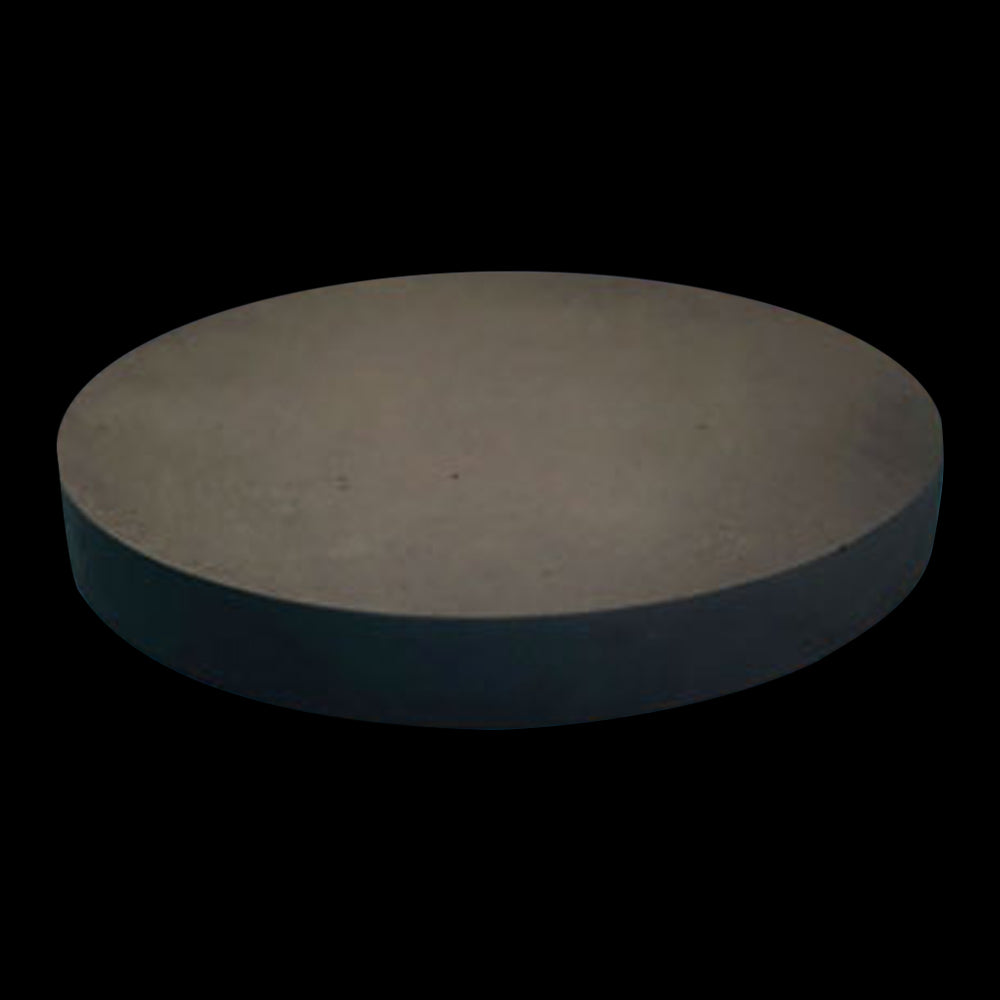Target Materials
Lithium Nickel Cobalt Oxide (LiNiCoO2) PLD Target
Lithium Nickel Cobalt Oxide (LiNiCoO2) PLD Target
Couldn't load pickup availability
| Material | Lithium Nickel Cobalt Oxide |
| Formula | LiNiCoO2 |
| Common Substrates | SrTiO3,MgO, Al2O3 |
| Similar Materials | Lithium Cobalt Oxide, Lithium Iron Phosphate, Lithium titanium oxide |
| Crystal Structure | Haxagonal |
Lithium Nickel Cobalt Oxide Thin Film
Lithium Nickel Cobalt Oxide (LiNiCoO2 or NCO) is a well-known cathode material that is used in lithium-ion batteries due to its high energy density and good electrochemical performance. It has also gained attention in recent years as a promising material for thin film applications, especially in the field of pulsed laser deposition (PLD). There are several deposition techniques that can be used to prepare LiNiCoO2 thin films, including Physical Vapor Deposition (PVD), Chemical Vapor Deposition (CVD), Sol-Gel Deposition, and Spray Pyrolysis.
Thin film is being deposited on SrTiO3 substrates and for electrochemical testing, they can be deposited on SrRuO3 high conducting lattice matched interlayers. Sometimes, Nb-doped SrTiO3 substrates are also used but typically not as easy for electrochemical measurements as SrRuO3 interlayers.
Application of Lithium Nickel Cobalt Oxide
The thin film form of Lithium Nickel Cobalt Oxide has many potential applications in electronic devices, such as in thin film batteries, supercapacitors, and electrochromic devices. It has also been investigated for its potential use in solar cells and as a catalyst for various chemical reactions.
Advantages of Lithium Nickel Cobalt Oxide
The advantages of using Lithium Nickel Cobalt Oxide in thin film form include its high electrical conductivity, good stability, and high energy density. It also has a high specific capacity and good cycling performance, making it a promising candidate for use in electronic devices.
Comparison to Similar Materials
Lithium Nickel Cobalt Oxide is often compared to other cathode materials, such as Lithium Manganese Spinel (LiMn2O4) and Lithium Cobalt Oxide (LiCoO2). Compared to LiMn2O4, NCO has a higher specific capacity, better thermal stability, and longer cycle life. When compared to LiCoO2, NCO has a lower cost, higher energy density, and better safety performance.
Crystal Structure of Lithium Nickel Cobalt Oxide
Lithium Nickel Cobalt Oxide has a layered crystal structure with hexagonal symmetry. The transition metal (Ni, Co) ions occupy octahedral sites in the structure, while the lithium ions are located in the interlayer spaces. This crystal structure provides a pathway for Li+ ion diffusion, which is important for the material's electrochemical performance.
Typical Substrates for Epitaxial Growth of Lithium Nickel Cobalt Oxide
Typical substrates for the epitaxial growth of Lithium Nickel Cobalt Oxide include SrTiO3, MgO, and Al2O3, which have a good lattice match with the crystal structure of NCO. Other substrates, such as Si and quartz, can also be used with the addition of a buffer layer to accommodate the lattice mismatch.
Other Similar Thin Film Materials to Nickel Cobalt Oxide
- Lithium Iron Phosphate (LiFePO4)
- Lithium Cobalt Oxide (LiCoO2)
- Lithium Manganese Oxide (LiMn2O4)
- Lithium Nickel Manganese Cobalt Oxide (LiNMC)
- Lithium Titanate (Li4Ti5O12)
Materials
Materials
Shipping & Returns
Shipping & Returns
Dimensions
Dimensions
Care Instructions
Care Instructions

-
Free Shipping
Wherever you are, get free shipping on orders from Target Materials
-
High Quality Packaging
All our targets are vacuum packed, sealed and protected so they arrive with you exactly how they left from us.

